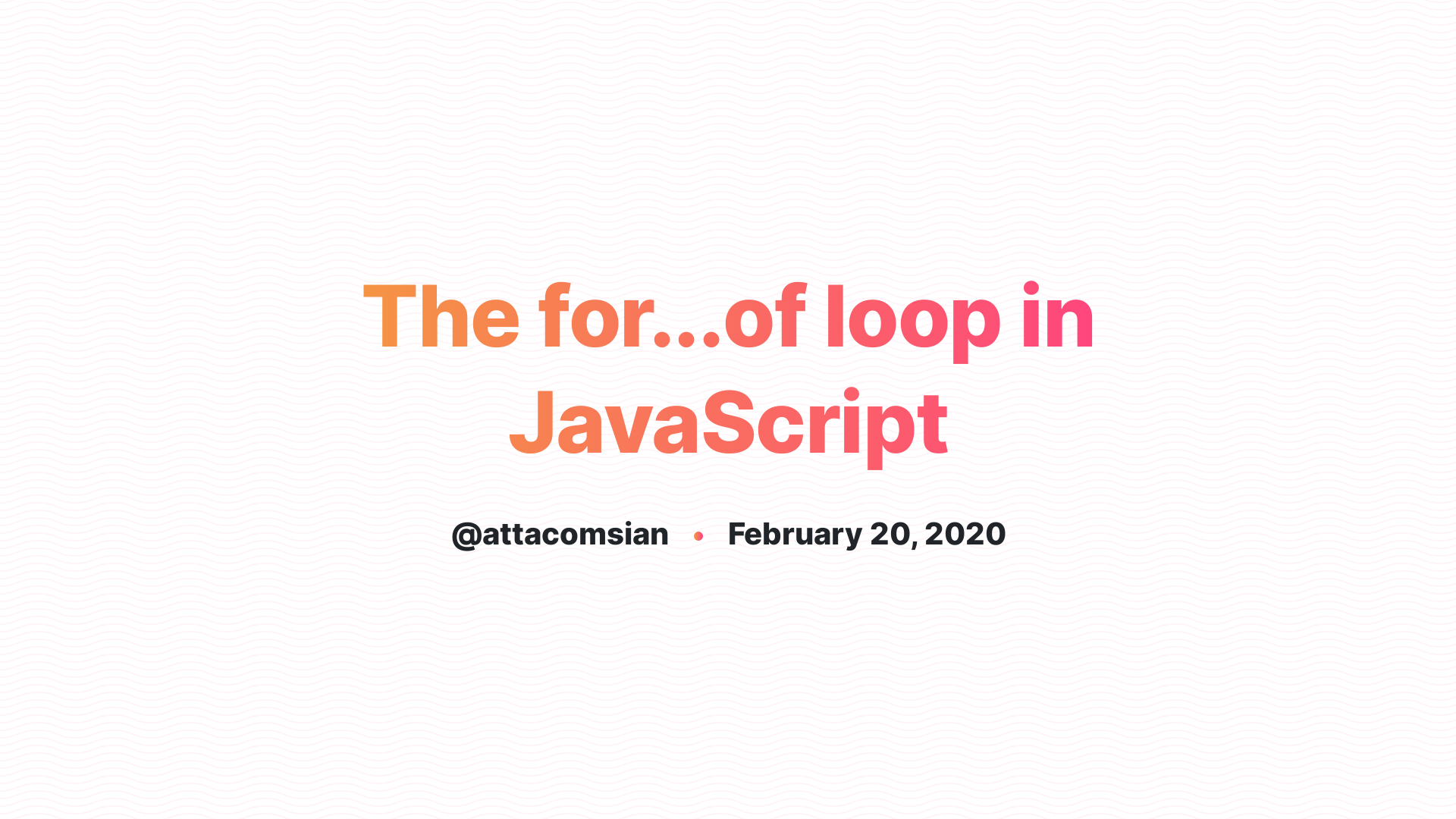

- Javascript splice array while iterating foreach how to#
- Javascript splice array while iterating foreach code#
You have to make sure you pass the keys as keys in the second parameter and not as values. If you know the keys of the elements which you want to delete, then you want to use \array_diff_key(). As before with unset() it won’t change the keys of the array. If you know the values of the array elements which you want to delete, then you can use \array_diff(). If you want to delete multiple array elements and don’t want to call unset() or \array_splice() multiple times you can use the functions \array_diff() or \array_diff_key() depending on whether you know the values or the keys of the elements which you want to delete. You don’t assign the return values of those functions back to the array. \array_splice() needs the offset, not the key, as the second parameter.Īrray_splice(), same as unset(), take the array by reference.

If you use \array_splice() the keys will automatically be reindexed, but the associative keys won’t change - as opposed to \array_values(), which will convert all keys to numerical keys. If you want to reindex the keys you can use \array_values() after unset(), which will convert all keys to numerically enumerated keys starting from 0.Ĭode: $array = Note that when you use unset() the array keys won’t change. This only works if the element does not occur more than once, since \array_search returns the first hit only. If you know the value and don’t know the key to delete the element you can use \array_search() to get the key. This method is easy to grasp by examples. , elemN) It modifies arr starting from the index start: removes deleteCount elements and then inserts elem1. Also, you can pass the additional element that needs to be used for this reference. During each iteration of the foreach, the function will have the current element and the current index.
Javascript splice array while iterating foreach how to#
This section explains how to use a callback function with foreach to update an array. If you want to delete just one array element you can use unset() or alternatively \array_splice(). The syntax is: arr.splice (start, deleteCount, elem1. Change Values in an Array Using ForEach and CallBack Function. Let’s take a look at an example of the forEach() method that uses a contextObject.There are different ways to delete an array element, where some are more useful for some specific tasks than others.

More JavaScript Array forEach() method example To terminate the loop in the forEach() method, you must throw an exception inside the callback function. One limitation of the forEach() method in comparison with the for loop is that you cannot use the break or continue statement to control the loop. Note that the forEach() function returns undefined therefore it is not chainable like other iterative methods: filter(), map(), some(), every(), and sort(). The thisArg is a value to use as this when executing the callback.

The callback accepts the following arguments: The callback function that the forEach() method uses to execute on every element. The forEach() method takes two arguments: 1) callback
Javascript splice array while iterating foreach code#
forEach( callback ) Code language: CSS ( css ) The following illustrates the syntax of the forEach() method. The forEach() method iterates over elements in an array and executes a predefined function once per element. Typically, when you want to execute a function on every element of an array, you use a for loop statement.įor example, the following code shows every element of an array to console: let ranks = įor ( let i = 0 i < ranks.length i++) ) Code language: JavaScript ( javascript ) Introduction to JavaScript Array forEach() method Summary: in this tutorial, you will learn how to use the JavaScript Array forEach() method to exeucte a function on every element in an array. The if test in that loop illustrates an important.


 0 kommentar(er)
0 kommentar(er)
